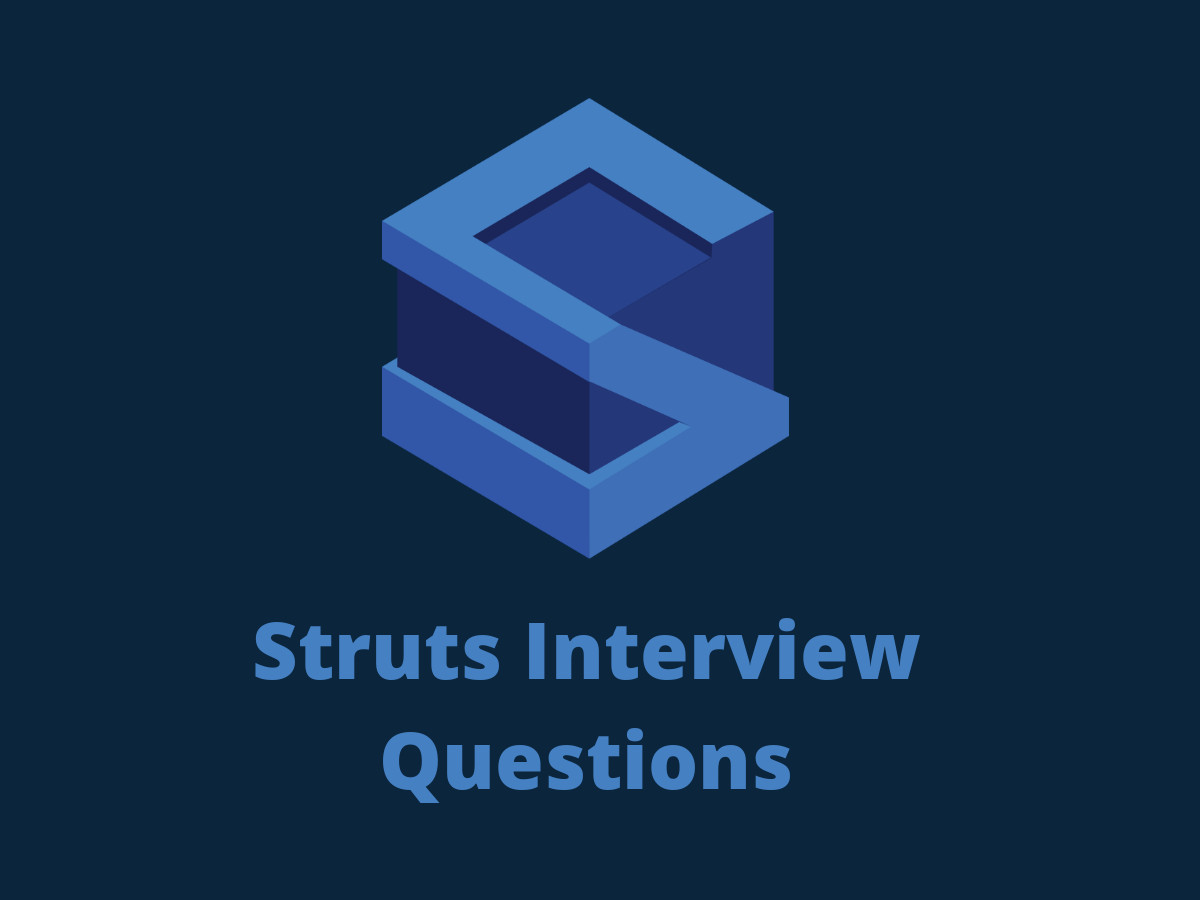Struts are being created as an open source project, which is started by the Apache Software Foundation. Struts structure depends on the Model View Controller (MVC) design developers utilize it for creating. There has been a lot of demand recently in the market for a Struts developer, which opens up many opportunities for anybody who is aiming to be one.
The difficulty level of the Struts Interview Questions may change for fresher and experienced one. While freshers may be asked basic questions, the experienced candidates might be asked distinctive level questions. But whether you are a fresher or experienced one, you ought to be prepared for the interview.
Getting through these Struts Interview Questions will, without doubt, give you an edge in this competitive time. These are the most broadly perceived and conspicuously asked Struts Interview Questions, which will help you crack and get through your interview and land you in your dream company.

